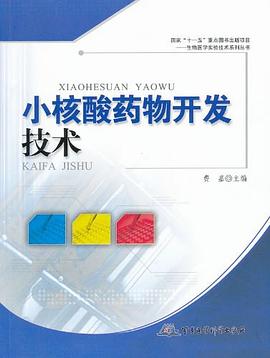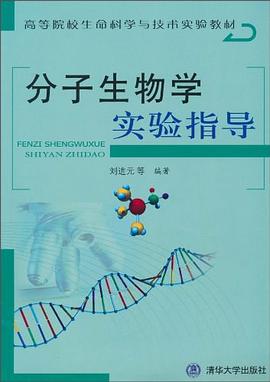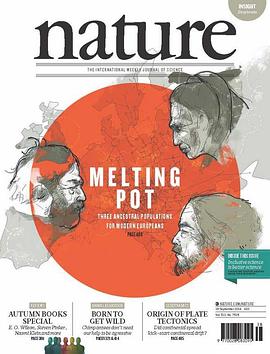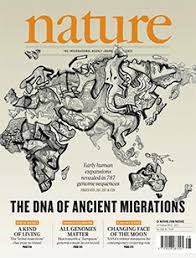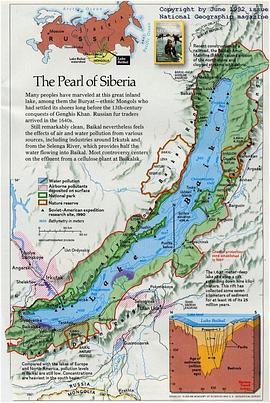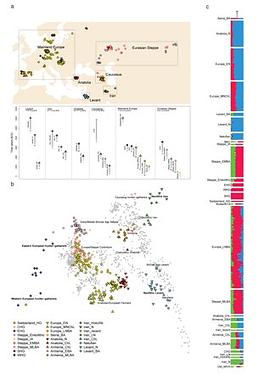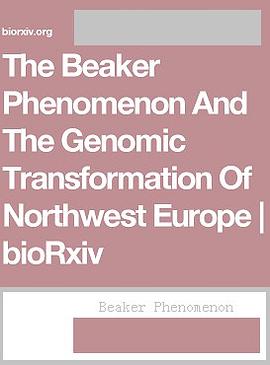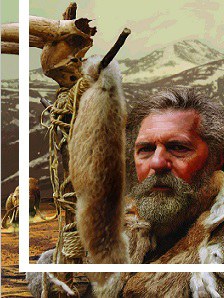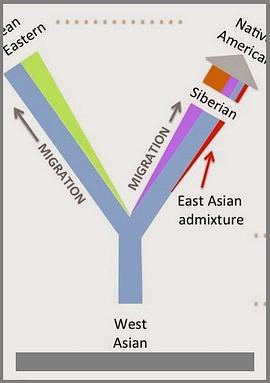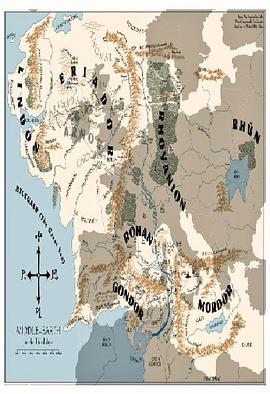

First, we think that the exit from Africa followed a northern route across the Levant, and that the fossils of early modern humans at Skhul and Qafzeh could be signals of this successful dispersal. These first modern humans carried undifferentiated mtDNA L3 lineages and brought primitive core-flake technology to Eurasia [26]. The dates estimated for Skhul and Qafzeh remains (Additional file 2: Table S4) are slightly out of the range calculated for the age of mtDNA macrohaplogroup L3 (78.3, 95 % CI: 62.4; 94.9 kya) based on ancient mtDNA genomes [137]. However, they are in accordance with the presence of early modern humans in China around 100 kya, and with their subsequent presence in southeastern Asia about 70 kya. If we add the fact, also based on ancient genomes, that mtDNA lineages in northern Asia already belonged to derived B and U haplogroups around 45 kya [126, 127], we opine that the geneticists should resynchronize the mtDNA molecular clock with the Levant and East Asia fossil records instead of consider them as result of unsuccessful migrations. Second, those early modern humans went further northwards, some at least to the Altai Mountains, and in the way they occasionally mixed with other hominids as Neanderthal and Denisovans. Harsh climatic conditions dispersed them southwards erasing the mtDNA genetic footprints of this pioneer northern phase [31]. Third, the small surviving groups already carried basic N and M lineages. One of them, with only maternal N lineages, spread southwards to present-day southern China and probably, across the Sunda shelf reached Australia and the Philippines [31]. Fourth, other dispersed groups were the bearers of other N branches, including macrohaplogroup R, that enter India from the north, carrying with them the blade-microblade technology detected in this subcontinent. This technology also spread with other N and R branches to northern and western Eurasia, reaching Europe, the Levant and even northern Africa. Fifth, short after, another southeastern group carrying undifferentiated M lineages radiated from a core area, most probably localized in southeast Asia (including southern China), reaching India westwards and near Oceania eastwards. These M haplogroup bearers brought with them at least one of the primitive core-flake technologies present in India that, therefore, had to have a southeastern Asian origin. Sixth, in subsequent mild climatic windows, demographic growth dispersed macrohaplogroup M and N northwards, most probably from overlapping areas that in time colonized northern Asia and the New World.
具体描述
读后感
用户评价
相关图书
本站所有内容均为互联网搜索引擎提供的公开搜索信息,本站不存储任何数据与内容,任何内容与数据均与本站无关,如有需要请联系相关搜索引擎包括但不限于百度,google,bing,sogou 等
© 2025 onlinetoolsland.com All Rights Reserved. 本本书屋 版权所有



